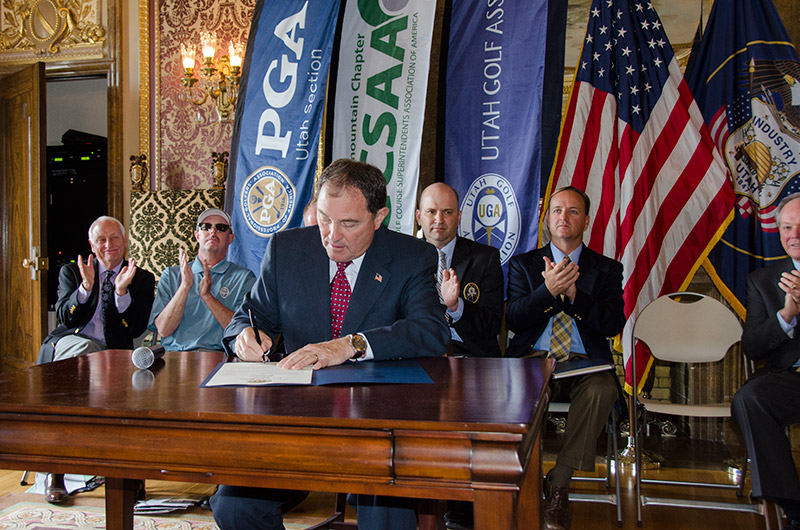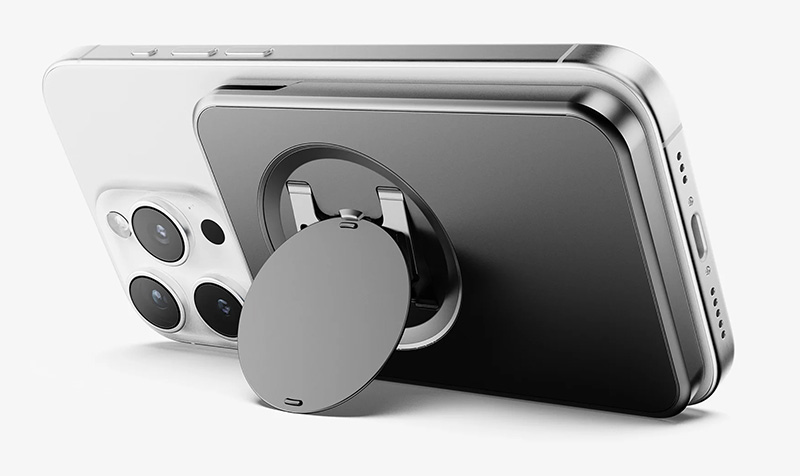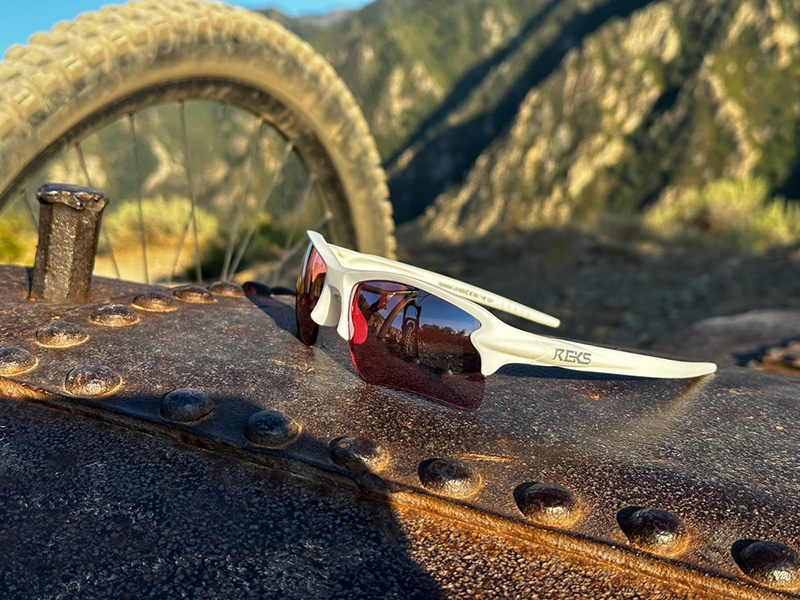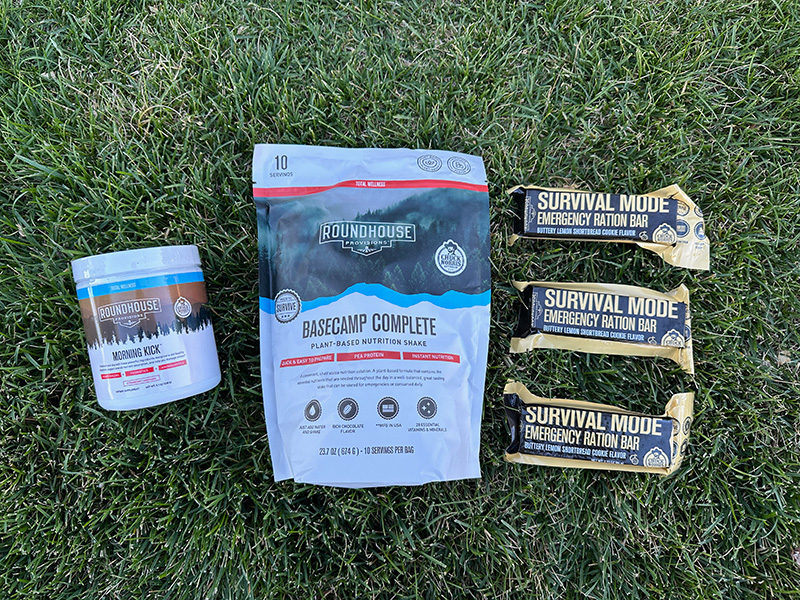Utah Governor Gary Herbert Signs Golf Month Proclamation and Praises Golf’s Large Economic Impact
Categories: Golf • Golf Life • Golf Lifestyle • HOG World Tour • Travel
Tags: Utah
Most people think of Utah as a ski destination and for good reason. The snow here is regarded by many as the “greatest snow on earth.” Golf has a huge impact on the state as well. The size of that impact was not really known until a 2012 study done by independent research company SRI, commissioned by Golf 20/20. I was stunned at the impact and the numbers found in this study. Golf isn’t just a game here in Utah, it is an industry. It is an efficient industry which produces more dollars per acre than other big local industries yet has a fraction of the ecological impact. All of this while providing a fantastic outdoor activity, green space, scenic beauty, and providing jobs.
The Numbers
The 2012 golf industry in Utah generated $806.6 million in economic impact.
The number of golf patrons exceeds the number of ski patrons.
The golf industry in Utah accounts for over 9,600 JOBS.
Those jobs the golf industry creates in Utah produce $250.1 million dollars in wages.
Golf in Utah produces $16,035 per irrigated acre. The nearest competing industry is alfalfa farming at $774 per acre.
Golf brings in $5,529 per acre-ft of water. The nearest competing industry is once again alfalfa farming at $365 per acre-ft of water.
For all of you who think golf courses take up too much space or use too much water, golf in Utah represents only 3.8% of the state’s turfgrass and only consumes 0.65% of the diverted water.
Golf in Utah produced over $11 million in charitable giving.
Governor’s Golf Month Proclamation
In light of these amazing findings, which I merely highlighted a few big ones, Utah Governor Gary Herbert signed a proclamation yesterday at the state capitol declaring May in Utah as the month of golf. I was happy to be in attendance along with many of the biggest players in Utah’s golf industry.
I had a chance to speak with the Governor for a few minutes and he is very excited about these findings, and helping the game to flourish and grow in the future. “The continued health and growth of the golf industry has a direct bearing on future jobs, commerce, economic development, and tax revenues for a large number of Utah’s communities and industries.”
I let the Governor know of my independent work as a golf blogger and builder of golf websites, including the Utah Golf Guru site. I joked that the study numbers and the $805.6 million are a little low since they didn’t account for any revenue created by Utah golf bloggers. Make that $805,600,001.
HOG World Tour Heading to Utah State Capitol for Governor’s Golf Proclamation
I received an interesting invitation to the Utah State Capitol to be a first hand witness to Utah Governor Gary Herbert’s “Golf Proclamation.” I’m headed up there shortly. Golf is apparently doing very well here in Utah, and the Gov is going to proclaim May as “Golf Month.”
A recent study found, “golf contributes more than $800 million to our (Utah) state economy, supports more than 9,600 jobs, and accounts for more than $11 million in annual charitable giving.” Further, “there is not a state in the country that has a larger percentage of their golf courses that are open to the public.”
These are good things, and I’m sure the Governor will be telling us more later this morning. I’m looking forward to being in attendance, and likely seeing many of the top people in the Utah golf industry, many of whom are my friends and business associates.
Following the proclamation there will be a round of golf played at one of my home courses, Bonneville Golf Club. Maybe I’ll even get to play with the Governor. I think I can take him. Hope he brings some extra cash.
Happy Cinco De Mayo
Today is Cinco De Mayo, May 5. Wishing you HOG patrons a great day of happiness and golf.

Cinco De Mayo
I’d also like to mention a happy birthday to my long time friend and bass player in my old rock band, Johnny.
Finally, the inspiration for this post and many others in the nearly 10 years of golf blogging here comes from my old pal Rich, also known as Eat Golf.
Hats off, cigars puffing, and frosty beverage raised in the air!
HOG World Tour Visits Sand Hollow Resort Championship Course – Yes… AGAIN!
Today the Hooked On Golf Blog World Tour stopped yet again at one of my favorite places on this planet, Sand Hollow Resort in southern Utah. I logged a solid round with my dad, who had never seen the course before. I had a blast showing pops around one of my all time best courses.
One of the day’s highlights was a large drive I hit right up the gut between the hill and the bunker short of the par-4 13th, pictured below. Mind you, not between the hill and the bunker you can see. The bunker I’m talking about is not visible from this angle. I hit small lob wedge to about 10 feet and made a satisfying birdie putt.
My photo library must have over 1,000 images of Sand Hollow Resort’s Championship Course, along with more of the Links Course, the practice areas, and clubhouse. Despite having all those images, I can’t help but shoot more every time I’m there. The scenery in contrast with the green grass and natural red sand is fantastic.
Related Links
Sand Hollow Championship Course Review
Sand Hollow Links Course Review
Sand Hollow Championship Course image gallery
Sand Hollow Links Course image gallery
Sand Hollow Championship Course Aerial Photos
World Tour Travel Day to Mesquite and Las Vegas, Nevada
The Hooked On Golf Blog World Tour is back on the road in about two hours. Next stops: Mesquite, NV and Las Vegas, Nevada.
Tomorrow I’ll be doing a course review at Rhodes Ranch Golf Course in Las Vegas.
Stay tuned here and especially the HOG Twitter @hoggolfblog and my personal twitter @thegolfspace.
Gear I’m bringing: Cameras, golf clubs, DRONE.
See you on the road.
« Previous 1 … 262 263 264 265 266 … 1,165 Next »















